A Shrew is a small mammal that is similar in appearance to a mole. They are also quite closely related to moles and hedgehogs. People refer to many different animals as “Shrews,” but researchers recognize members of three Soricidae family as true Shrews. Scientists recognize over 385 different species of these animals across the world! Read on to learn about the Shrew.
Description of the Shrew
Shrews look a little like mice, but they are not closely related genetically. Most are small and grey or brown in color. They have long snouts, short legs, and relatively small tails. They range anywhere in size from just over an inch long to about six inches long, but most are around the size of your average mouse.
Interesting Facts About the Shrew
There are so many different species of these creatures, that it isn’t surprising that they possess a variety of different traits and adaptations. Learn more about what makes Shrews unique below.
- Not Rodents – At first glance, you might think this animals is a rodent. It looks like a mouse and is about the same size and color, but these little creatures are not rodents at all. They are part of the Eulipotyphla order, along with hedgehogs, tenrecs, moles, and more.
- Crazy Metabolism – Just like moles, Shrews must eat almost constantly. Their metabolic rate, or the rate that they digest and use food, is incredibly fast. A single animal can eat the equivalent of its body weight or more daily!
- Rapid Reproduction – Just like their rapid metabolism, these little creatures breed quickly as well. A single Shrew can breed 10 times in just one year. This is a big plus for the population because most do not live longer than 2 years.
- Echolocation – Some species of these mammals can use sound to navigate, this is known as echolocation. Other mammals that use echolocation include bats, some rats, some tenrecs, and solenodons. Unlike bats, the master echolocators, Shrews use echolocation to explore rather than to locate food.
Habitat of the Shrew
Shrews inhabit a wide range of habitats across the globe. Even a single species can occupy an immense range of habitat types. Some of the different ecosystems that they inhabit include marshes, meadows, grasslands, forests, woodlands, and more. They prefer hiding underground or beneath piles of vegetation.
Distribution of the Shrew
These little mammals live virtually worldwide. There are only a few places that they do not live, including Australia, New Zealand, and New Guinea. They are particularly successful in tropical and temperate regions. Each species has its own unique distribution, though many species have overlapping populations.
Diet of the Shrew
The various Shrew species have vastly different diets. Most are omnivores or carnivores, which means that they eat plant and animal matter, or just animal matter. Their small size restricts their potential prey to mostly invertebrates.
Some of the different animals that they hunt include spiders, worms, ants, flies, beetles, slugs, and more. They also forage for seeds, berries, mushrooms, and other plant parts as they find them.
Shrew and Human Interaction
Humans impact different Shrew species in different ways. For the most part, people don’t even see them, as they are most active at night, and usually remain hidden while foraging. However, habitat destruction, pollution, pesticides, and invasive species all pose potential threats.
The IUCN lists different Shrew species at different levels of concern. For many species of these creatures, researchers simply don’t have enough information to decide their threat level. They list some species as Least Concern, and some species as Critically Endangered, each species is different.
Domestication
Humans have not domesticated Shrews in any way.
Does the Shrew Make a Good Pet
No, Shrews do not make good pets. They are short-lived, most active at night, and have incredibly sharp little teeth. You would not want to keep one as a pet.
Shrew Care
Zoos keep some species of Shrews, but they are not common. Their care and needs differ from species to species. For the most part, their enclosures must have plenty of burrows and hiding places for them. Zookeepers provide them with a variety of different insects, seeds, fruits, berries, and commercially produced insectivore diet.
Behavior of the Shrew
While every Shrew is different, for the most part these little mammals stick to the nocturnal lifestyle. They sleep during the day in a burrow or under dense vegetation and emerge at night to search for food. Their eyesight is incredibly poor, so they use their strong sense of smell to find food.
Shrews are also usually solitary creatures. Outside of the breeding season they defend territories aggressively and avoid contact with one another. The only time they interact with others of their kind is to breed.
Reproduction of the Shrew
Females have a gestation period of about two or three weeks. Litters contain anywhere from two or three young to seven or eight. Mothers wean their young quickly, and most litters no longer drink milk by the time they are three or four weeks old. They reach full independence a week or two later.


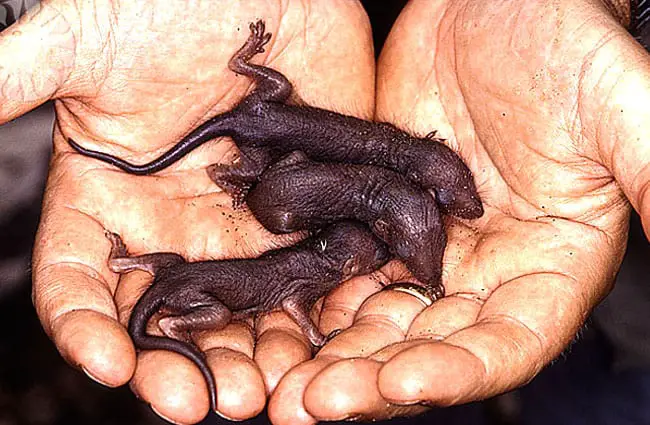
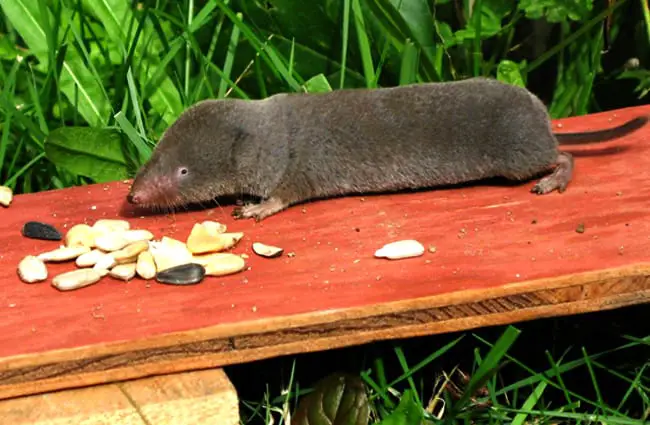
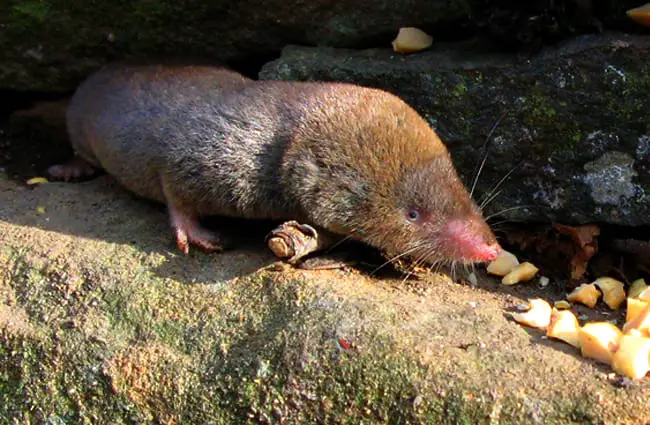

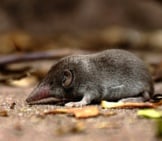



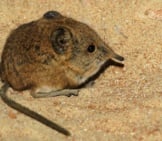
![Red Angus Closeup of a beautiful Red Angus cowPhoto by: U.S. Department of Agriculture [pubic domain]https://creativecommons.org/licenses/by/2.0/](https://animals.net/wp-content/uploads/2020/03/Red-Angus-4-238x178.jpg)












![Red Angus Closeup of a beautiful Red Angus cowPhoto by: U.S. Department of Agriculture [pubic domain]https://creativecommons.org/licenses/by/2.0/](https://animals.net/wp-content/uploads/2020/03/Red-Angus-4-100x75.jpg)

